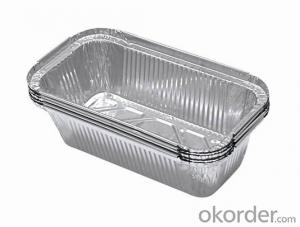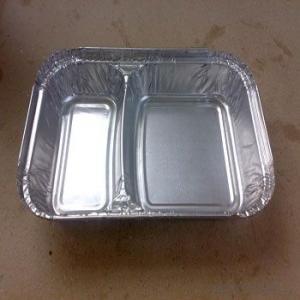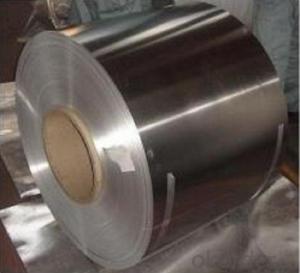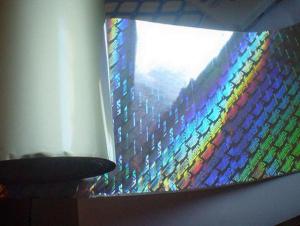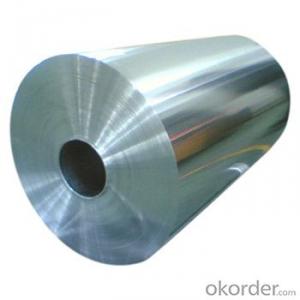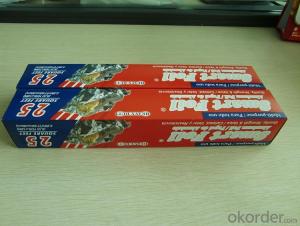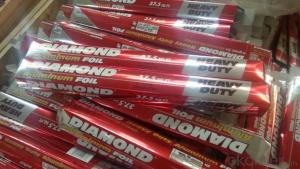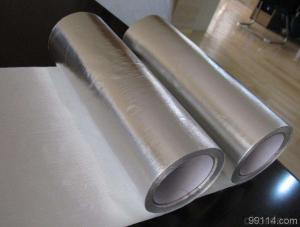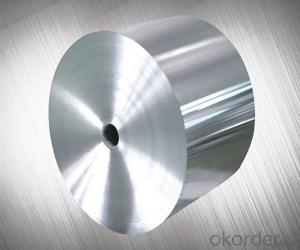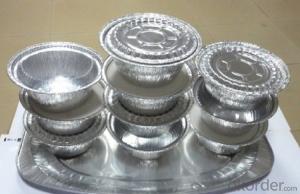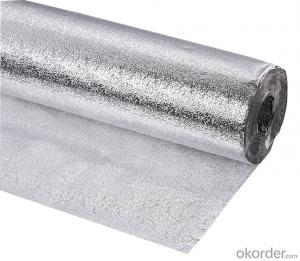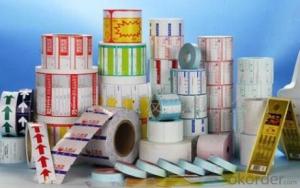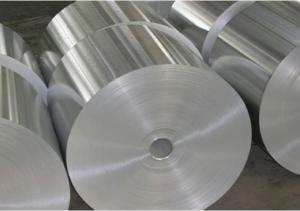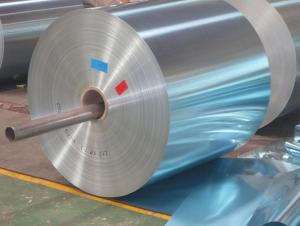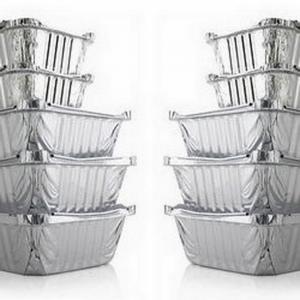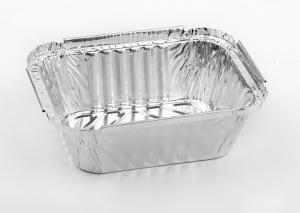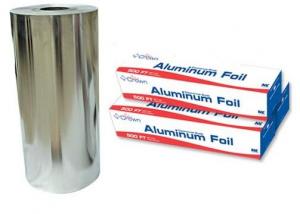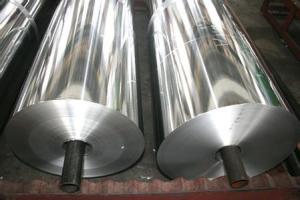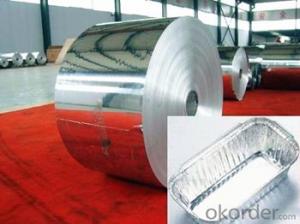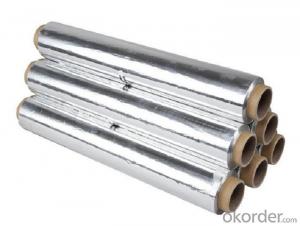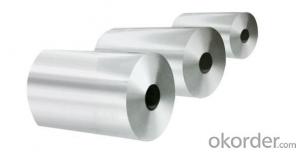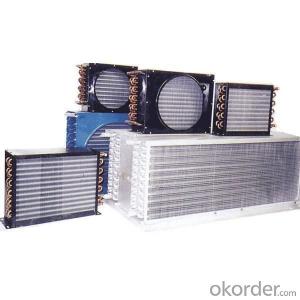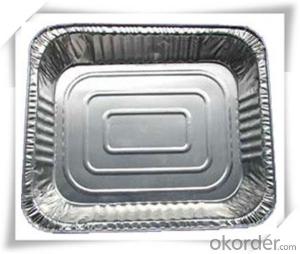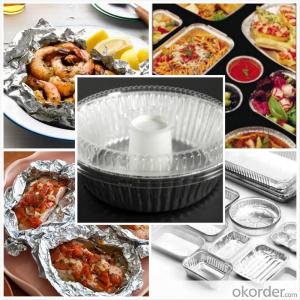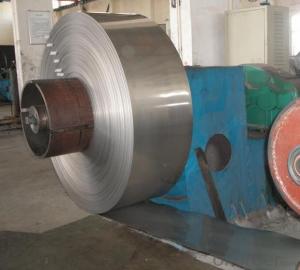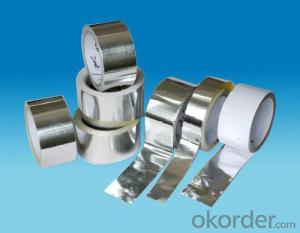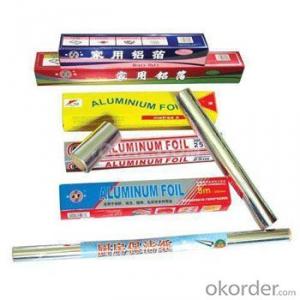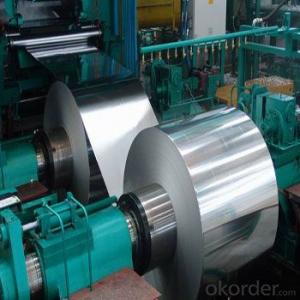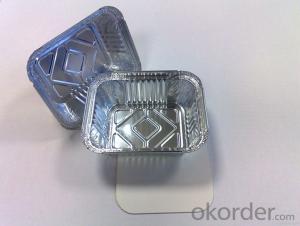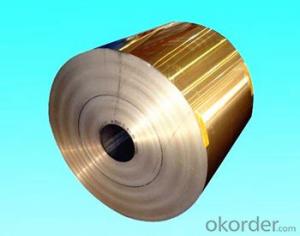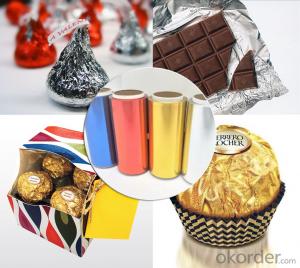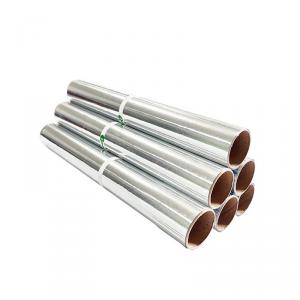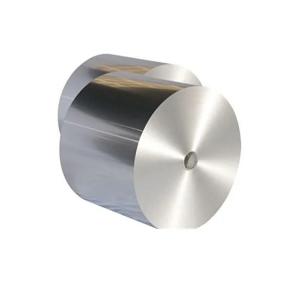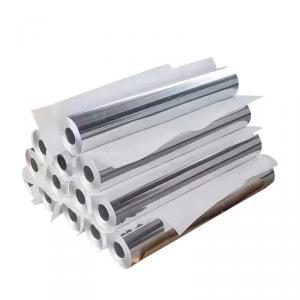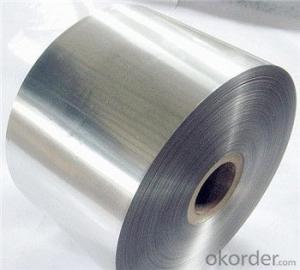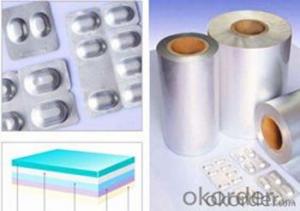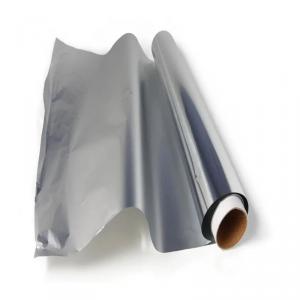Aluminum Foil For Grills
Aluminum Foil For Grills Related Searches
Aluminum Foil For The Grill Aluminum Foil For Grilling Aluminum Foil On Grill Aluminum Foil Grill Grilling Aluminum Foil Put Aluminum Foil On Grill Grill With Aluminum Foil Aluminum Foil Grilling Grilling Using Aluminum Foil Aluminum Foil On A Grill Grill In Aluminum Foil Grill On Aluminum Foil Aluminum Foil On The Grill Gas Grill Aluminum Foil Grille Guard Aluminum Foil Grilling In Aluminum Foil Aluminum Foil On Grill Rack Grill Steak Aluminum Foil Grill Pan Aluminum Foil Aluminum Foil Fish Grill Charcoal Grill Aluminum Foil Grill Corn Aluminum Foil Grilling On Aluminum Foil Aluminum Foil For Oven Aluminum Foil For Burns Grill Fish Aluminum Foil Aluminum Foil For Food Grilling Corn Aluminum Foil Aluminum Foil Charcoal Grill Aluminum Foil Corn GrillAluminum Foil For Grills Supplier & Manufacturer from China
Aluminum foil for grills is a versatile and essential product in the kitchen, designed to enhance the grilling experience by providing a barrier between the food and the grill grates. This product is made from high-quality aluminum, ensuring durability and resistance to high temperatures, making it perfect for various grilling needs.The application of aluminum foil for grills is extensive, as it can be used in a multitude of scenarios. It is commonly used to prevent food from sticking to the grill, protect delicate items from direct heat, and to wrap foods for indirect grilling or steaming. Additionally, aluminum foil can be used to catch drippings, making cleanup easier and reducing flare-ups. This product is suitable for both indoor and outdoor grilling, and it is an indispensable tool for any barbecue enthusiast.
Okorder.com is a leading wholesale supplier of aluminum foil for grills, boasting a large inventory that caters to the needs of both individual consumers and businesses. By partnering with Okorder.com, customers can enjoy competitive prices, reliable quality, and efficient shipping options. With a wide range of aluminum foil products available, Okorder.com is the go-to source for all grilling and cooking needs.
Hot Products
